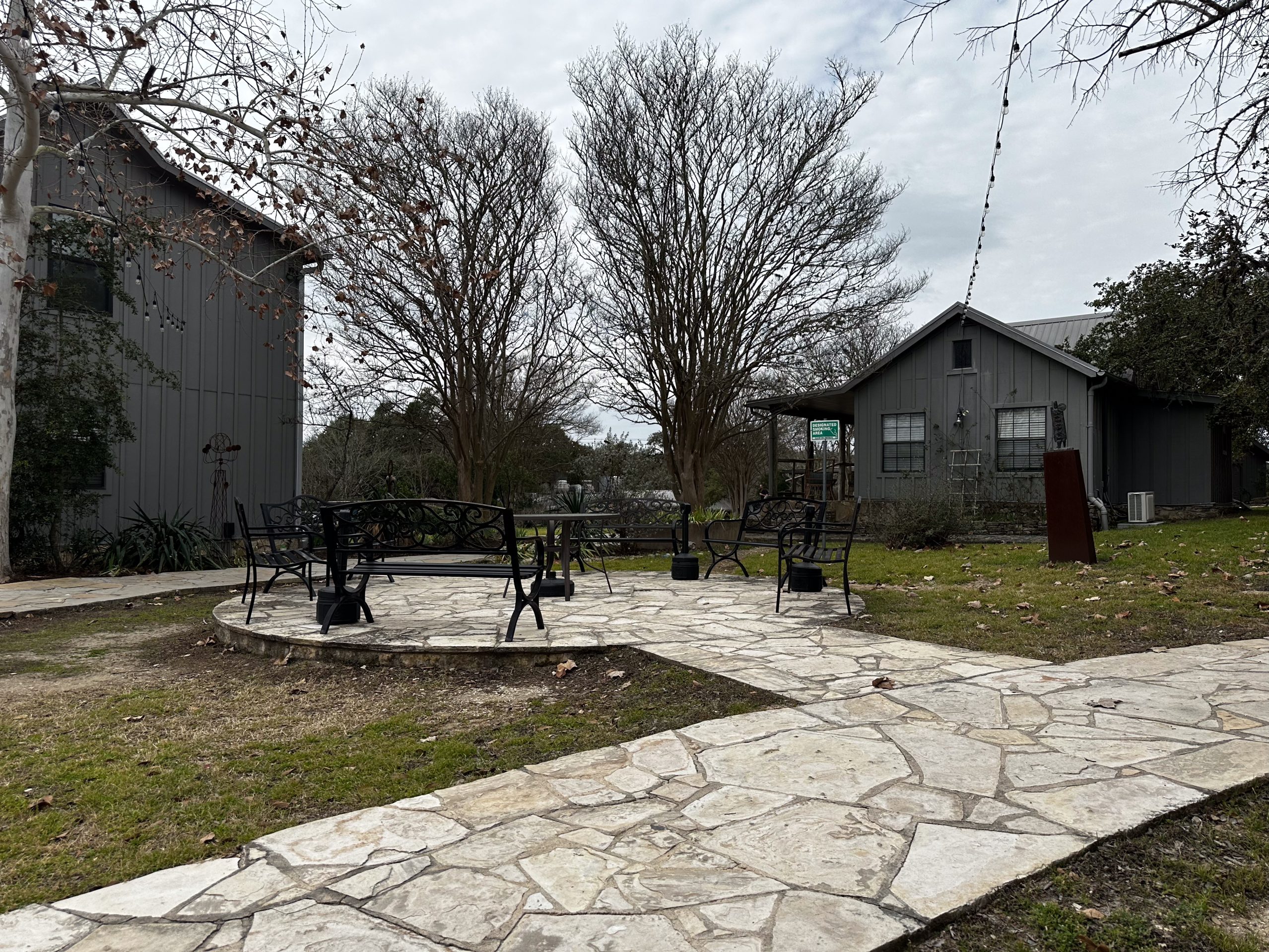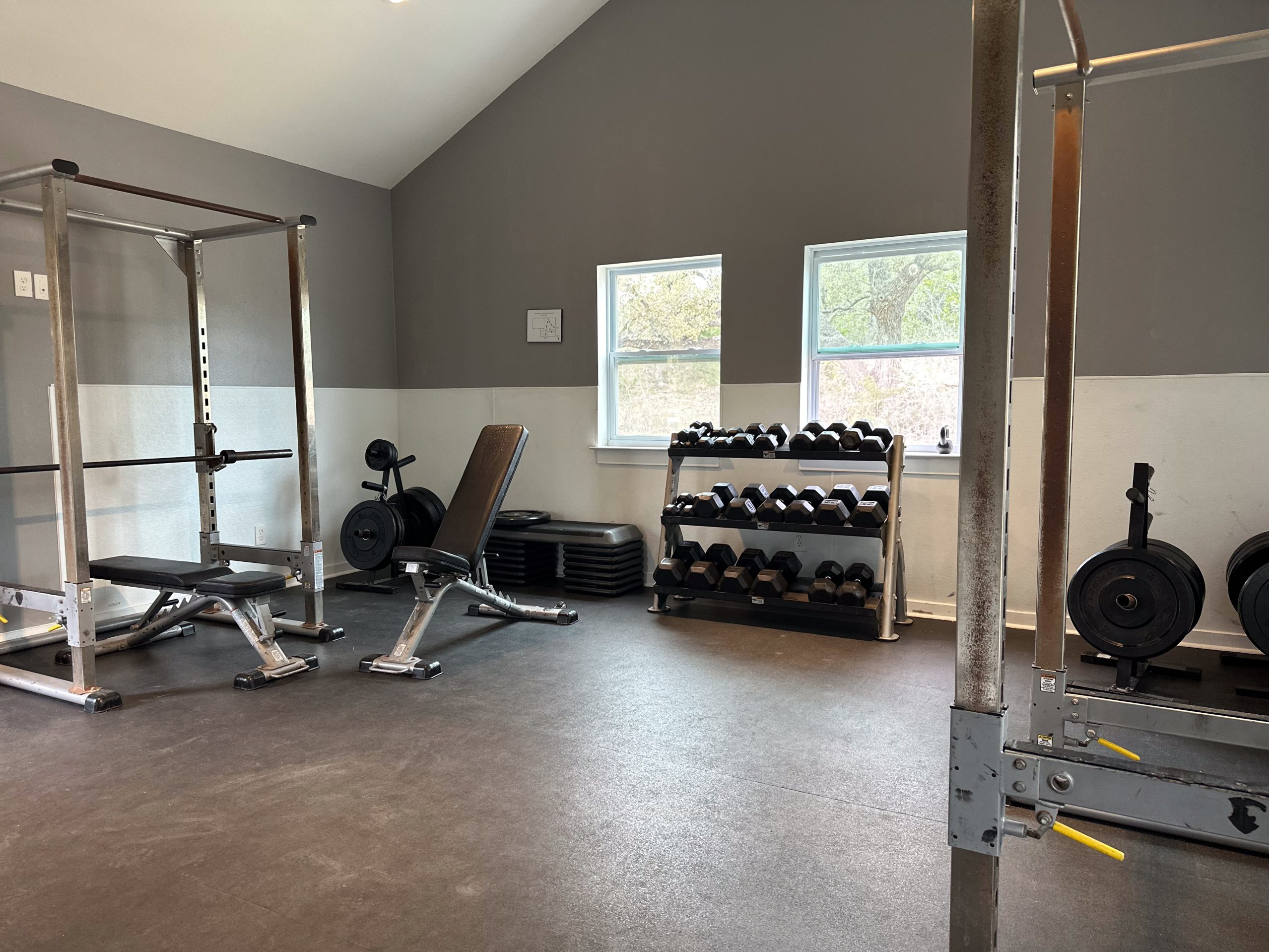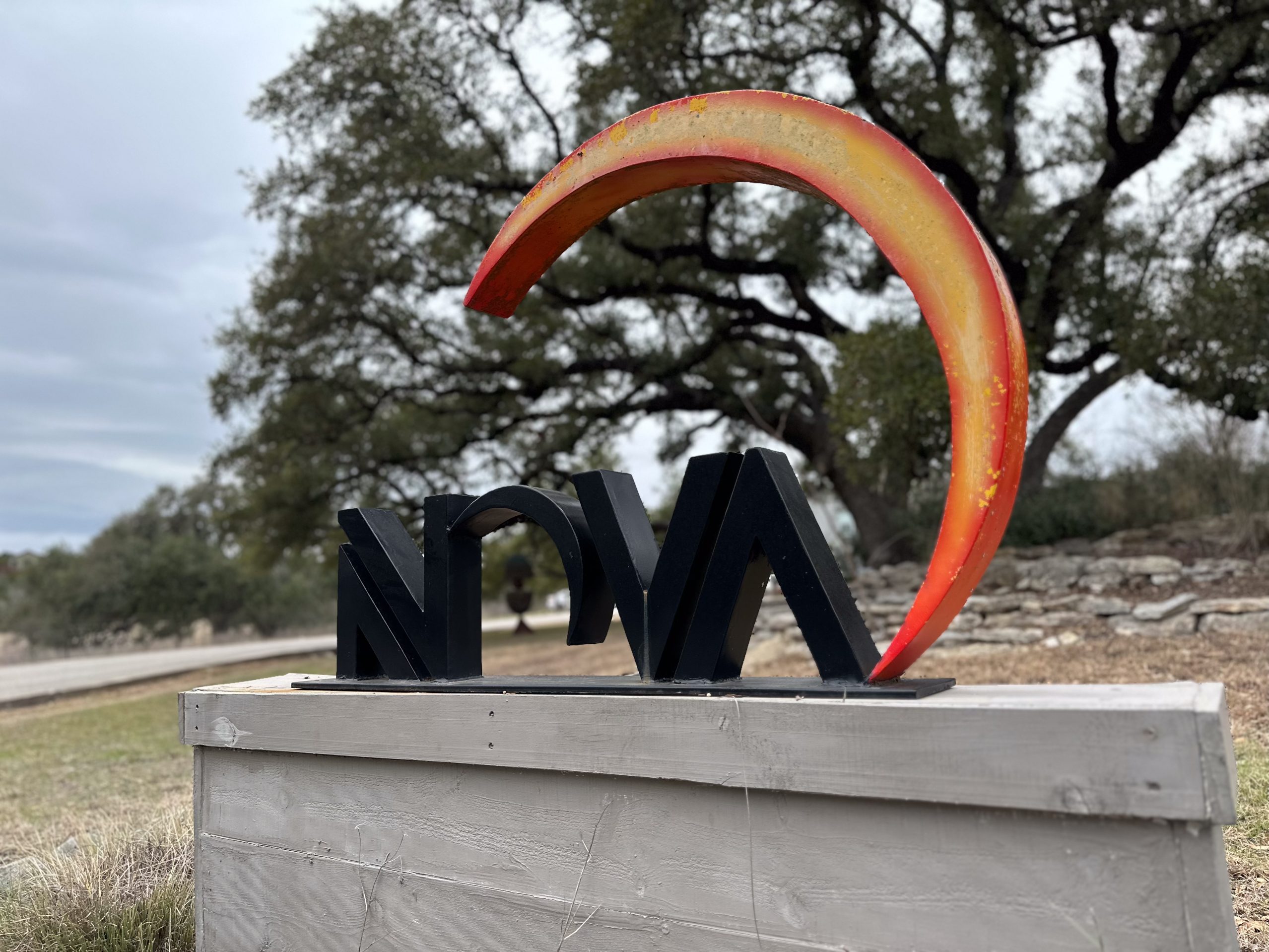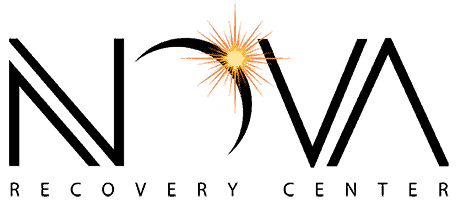Anticonvulsants (Antiseizure Medications): Uses, Types, Risks & Safety
GET HELP TODAY!
100% Confidentiality Guaranteed


At a Glance: Anticonvulsants and Antiseizure Medications
Primary Purpose: Anticonvulsants are prescribed to manage epilepsy, seizures, bipolar disorder, migraines, and certain nerve pain conditions.
How They Work: These medications stabilize brain activity by calming overactive electrical signals that trigger seizures and mood disturbances.
Common Types: Widely used options include gabapentin, pregabalin, lamotrigine, carbamazepine, valproic acid, and topiramate.
Risks and Side Effects: Potential concerns include dizziness, fatigue, coordination issues, liver complications, and bone density loss with long-term use.
Safety Concerns: Misuse or sudden discontinuation can lead to dangerous withdrawal symptoms, including seizures, making medical supervision essential.
Table of Contents
What are anticonvulsants?
Anticonvulsants—also known as antiseizure medications (ASMs) or antiepileptic drugs (AEDs)—are prescription medicines that reduce or prevent seizures. They’re the backbone of epilepsy treatment and can be used for other conditions like neuropathic pain, migraine prevention, and sometimes bipolar disorder. Today, many clinicians prefer the term “antiseizure medication” because not every seizure involves visible convulsions.










Why they matter
For many people, the right anticonvulsant taken consistently can eliminate or significantly reduce seizures and help restore quality of life. In fact, a large share of people with epilepsy become seizure‑free on medication, often with a single drug, although some need combination therapy.
What Anticonvulsants Treat
Epilepsy & symptomatic seizures. Anticonvulsants are first‑line for ongoing seizure prevention in epilepsy, and they’re also used around brain surgery or acute neurological events that trigger seizures.
Beyond seizures (selected indications). Some ASMs help with nerve pain (e.g., gabapentin, pregabalin), certain migraine types (e.g., topiramate), and mood stabilization in bipolar disorder (e.g., valproate, carbamazepine, lamotrigine). Your prescriber will align the drug choice with your condition(s).
Important: Never start, stop, or switch an anticonvulsant without medical guidance. This page is information only and can’t substitute for personalized care.
How Anticonvulsants Work
Seizures arise from bursts of abnormal electrical activity among brain cells (neurons). ASMs lower the chance of those bursts escalating or spreading. Although each drug is unique, most work by one or more of the following:
Dampening overactive signals through ion channels.
Many ASMs block voltage‑gated sodium channels (e.g., carbamazepine, phenytoin, lamotrigine) or modulate calcium channels (e.g., ethosuximide for absence seizures; gabapentin/pregabalin via α2δ subunit).Boosting inhibition via GABA.
Some increase the effects of GABA, the main inhibitory neurotransmitter (e.g., benzodiazepines such as clonazepam/clobazam; phenobarbital; tiagabine; vigabatrin).Novel synaptic targets.
Others act at SV2A (levetiracetam/brivaracetam) or reduce excitatory transmission (e.g., perampanel as an AMPA receptor antagonist).
In practice, the mechanism helps guide selection, but your seizure type, co‑existing conditions, side‑effect profile, and drug interactions often matter more.
Broad vs Narrow Spectrum (and Common Examples)
Clinicians often think of ASMs as:
Broad‑spectrum (cover multiple seizure types): levetiracetam, lamotrigine, topiramate, valproate, zonisamide, clobazam, perampanel, brivaracetam, cenobamate.
Narrow‑spectrum (more specific, often focal): carbamazepine, oxcarbazepine, gabapentin, pregabalin, lacosamide, tiagabine, vigabatrin, phenytoin, ethosuximide.
Examples & notes (selected):
Levetiracetam (SV2A): well‑tolerated, fast titration; watch for mood changes in some.
Lamotrigine (Na+ channels): useful across types and in bipolar depression; slow titration to reduce rash risk.
Topiramate (multiple actions): seizures + migraine prevention; may cause tingling, cognitive slowing, weight loss.
Valproate (multiple actions): broad efficacy but major pregnancy risks—restricted in people who could conceive (see Safety).
Carbamazepine/Oxcarbazepine (Na+): effective for focal seizures; enzyme induction issues (see Interactions).
Ethosuximide (T‑type Ca2+): mainly for absence seizures.
Gabapentin/Pregabalin (α2δ): partial seizures adjuncts; common in neuropathic pain.
Perampanel (AMPA): behavior changes in some; nighttime dosing.
Cenobamate: newer option for refractory focal seizures in adults.
For a continuously updated list by generic/brand with UK regulatory flags (e.g., valproate restrictions), see the Epilepsy Society’s medicine index.
Common Side Effects vs Serious Risks
Common (vary by drug): Headache, fatigue, dizziness, blurred vision, nausea, weight gain or loss, mood changes. Long‑term use of some ASMs can affect bone health; calcium/vitamin D may be recommended.
Serious (less common, seek urgent care): Severe rash (e.g., Stevens–Johnson syndrome/TEN), blood disorders (agranulocytosis, aplastic anemia), liver failure (notably with valproate in certain settings), drug‑induced hypersensitivity, psychosis. All ASMs carry an FDA‑class warning for suicidal thoughts/behaviors—the absolute risk is low, but monitoring matters.
Tip: Report new or severe symptoms promptly. Do not stop a drug abruptly unless directed—sudden withdrawal can provoke seizures.
Safety in Pregnancy, Family Planning & Folic Acid
Some ASMs pose serious risks to an unborn child (major congenital malformations and neurodevelopmental effects). Modern guidance emphasizes risk‑minimization while protecting the parent from breakthrough seizures, which also endanger pregnancy.
Valproate is strongly discouraged in people who are pregnant or could become pregnant due to high risks of birth defects and cognitive/behavioral impairments. If valproate is the only effective option, regulators require stringent safeguards such as the Pregnancy Prevention Programme (PPP).
Alternatives with lower relative risk (e.g., lamotrigine, levetiracetam) are often preferred, individualized to seizure type and control. Preconception planning is ideal. Folic acid ≥0.4 mg/day is recommended preconceptionally and during pregnancy for anyone on ASMs.
Regulatory positions and national guidance continue to evolve; decisions should be made with a neurologist/obstetric specialist experienced in epilepsy care during pregnancy.
More Time. More Joy. More You. Start Now.
WE ACCEPT MOST INSURANCES







Contraception & Anticonvulsants (High‑Impact Interactions)
Several ASMs induce liver enzymes (CYP3A4 and others), reducing the effectiveness of many hormonal contraceptives. This can lead to unintended pregnancy.
Enzyme‑inducing ASMs include carbamazepine, phenytoin, phenobarbital, primidone, topiramate ≥200 mg/day, oxcarbazepine, eslicarbazepine, perampanel, rufinamide.
These agents reduce the efficacy of combined hormonal contraception (pill/patch/ring) and many progestogen‑only methods.
Depot medroxyprogesterone (injection) and IUDs (copper or LNG‑IUS) are not reduced by enzyme inducers and are generally preferred when strong enzyme inducers are required.
Professional guidance (e.g., ACOG; UK SPS/FSRH) advises barrier backup and/or switching to methods unaffected by enzyme induction when an inducing ASM cannot be changed. Decisions must weigh seizure control, contraceptive reliability, and patient preferences.
Cannabidiol (CBD) & ASM Interactions
Prescription cannabidiol (Epidiolex) for seizures can raise levels of clobazam’s active metabolite via CYP2C19 inhibition—often increasing sedation. It may also increase liver enzymes, especially when combined with valproate(monitor liver tests). If CBD is used, most clinicians check clobazam levels, watch for somnolence, and monitor LFTs more frequently.
How Clinicians Choose an Anticonvulsant
It’s individualized. Typical considerations include:
Seizure type & epilepsy syndrome. (e.g., absence vs focal vs generalized tonic‑clonic)
Efficacy & tolerability profile for the patient
Comorbidities (e.g., mood disorder, migraine, neuropathic pain) to leverage dual benefits
Safety factors (pregnancy potential, bone health, hepatic/renal disease)
Interactions (contraceptives, other prescriptions, CBD/alcohol)
Lifestyle & preferences (dosing frequency, side‑effect tradeoffs)
Monotherapy is often tried first, with slow titration to balance benefit and side effects. If inadequate, clinicians may switch or consider adjunctive therapy. Many people achieve control after trying several options.
Monitoring & Lab Work
Depending on the drug, your team may check:
Therapeutic drug levels (selected ASMs)
Liver function tests, CBC, metabolic panel, and sometimes bone health (vitamin D, DEXA in at‑risk patients)
Mental health and cognitive effects
Drug interactions when starting or stopping other medicines or supplements
Therapeutic drug monitoring (TDM) is standard for some legacy ASMs and helpful in special situations (pregnancy, suspected toxicity, adherence questions, pharmacokinetic variability).
Tapering & Discontinuation (Don’t Stop Suddenly)
Never stop abruptly unless you’re in a medical emergency and instructed to do so—sudden withdrawal can trigger seizures. If you’ve been seizure‑free for a sustained period, your clinician may discuss a gradual taper over months, balancing risks of recurrence with side‑effect relief and life goals (e.g., pregnancy planning, driving regulations). Evidence suggests recurrence risk rises when stopping at ~2 years seizure‑free vs continuing, but decisions are personalized by syndrome, EEG, age of onset, and history.
Freedom Starts Here. Take Back Your Life Today.
Same-Day Admissions in Austin Available.
Practical Tips for Patients & Caregivers
Consistency wins. Take your medicine at the same time daily.
Don’t double dose if you miss one—follow your clinician’s plan for missed doses.
Check interactions before adding any new medication or supplement (including herbal products, CBD).
Plan ahead for pregnancy and contraception; involve neurology and OB‑GYN early.
Report mood changes or new/worsening depression promptly.
Carry a medication list and consider a medical alert ID.
Types of Anticonvulsants
Sodium Channel Modulators
Carbamazepine, Oxcarbazepine, Eslicarbazepine
Phenytoin, Lacosamide, Lamotrigine
Notes: Effective for focal seizures; enzyme induction (except lamotrigine, lacosamide) can affect contraception and other drugs.
GABAergic Agents
Benzodiazepines: Clonazepam, Clobazam (rescue/adjunct; tolerance considerations)
Barbiturates: Phenobarbital, Primidone
GABA Modifiers: Vigabatrin (visual field risk), Tiagabine
Calcium Channel / α2δ Agents
Ethosuximide (T‑type; absence seizures)
Gabapentin, Pregabalin (α2δ; neuropathic pain use)
SV2A Ligands
Levetiracetam, Brivaracetam (broad utility; mood watch)
Glutamate/AMPA Antagonists
Perampanel (behavioral cautions; once‑daily dosing)
Mixed/Other
Valproate (broad efficacy; pregnancy risk, weight/metabolic issues)
Topiramate (seizures & migraine; cognitive effects/paresthesias)
Zonisamide (sulfonamide; weight loss in some)
Cenobamate (refractory focal; specialized titration/monitoring)
Cannabidiol/Epidiolex (Dravet/LGS/TSC; LFTs, clobazam interaction)
Explore More Types of Anticonvulsants
Valproate
Carbamazepine/Oxcarbazepine
Ethosuximide
You Can Recover — Let’s Begin
Nova Recovery Center provides comprehensive support for individuals struggling with anticonvulsant addiction and abuse. Our evidence-based treatment programs address both the physical dependence and the underlying emotional or psychological factors that contribute to substance misuse. We begin with a safe medical detox process, ensuring clients withdraw from anticonvulsants under professional supervision while minimizing discomfort and health risks. From there, clients transition into structured residential treatment, where they participate in behavioral therapy, relapse prevention training, and peer support groups. Our individualized treatment plans help clients rebuild healthy coping skills and develop strategies for long-term recovery. We also integrate holistic therapies to strengthen overall wellness, addressing mind, body, and spirit throughout the healing process. Family involvement and education are emphasized, providing loved ones with the tools to support recovery. With our full continuum of care, including outpatient services and sober living options, Nova Recovery Center helps clients maintain lasting sobriety and a renewed quality of life.
Get help today. Reach out now to start your path to healing.
About Anticonvulsants and Antiseizure Medications
What is the most commonly prescribed anti-seizure medication?
Some of the most commonly prescribed anticonvulsants include levetiracetam (Keppra), valproic acid (Depakote), lamotrigine (Lamictal), and carbamazepine (Tegretol). These medications are often chosen based on the type of seizures, patient history, and potential side effects.
Is Xanax an anticonvulsant?
No. Xanax (alprazolam) is a benzodiazepine used mainly for anxiety and panic disorders. While benzodiazepines can reduce seizure activity in emergencies, Xanax is not classified as an anticonvulsant and is not typically prescribed for epilepsy.
Which anticonvulsant is best for bipolar disorder?
Several anticonvulsants double as mood stabilizers. Medications like valproic acid, lamotrigine, and carbamazepineare often prescribed to help manage bipolar disorder. The best option depends on individual needs, other health conditions, and response to treatment.
What anticonvulsants are safe during pregnancy?
Some anticonvulsants may carry risks during pregnancy, but options such as lamotrigine are often considered safer. Decisions about treatment should always be made under the guidance of a healthcare provider to balance seizure control with fetal health.
Is Keppra safe in pregnancy?
Keppra (levetiracetam) is often considered one of the safer antiseizure medications for pregnant individuals. Studies suggest it has fewer risks compared to older anticonvulsants, but medical supervision is essential to ensure safety.
Can seizure medication cause anemia?
Yes. Certain seizure medications, such as valproic acid or carbamazepine, have been linked to blood disorders, including anemia. Regular blood work and medical monitoring are recommended for patients taking these drugs.
What are the first-line antiseizure drugs?
First-line options usually include levetiracetam, lamotrigine, valproic acid, carbamazepine, and oxcarbazepine. The choice depends on the seizure type, patient age, and side effect profile.
What anticonvulsants are used in children?
What anticonvulsants are used in children?

